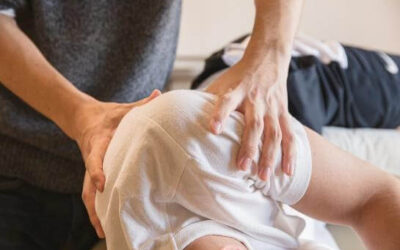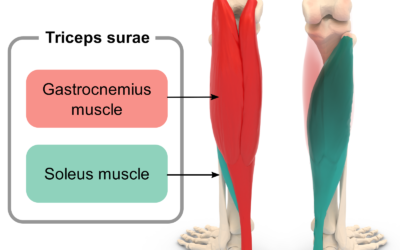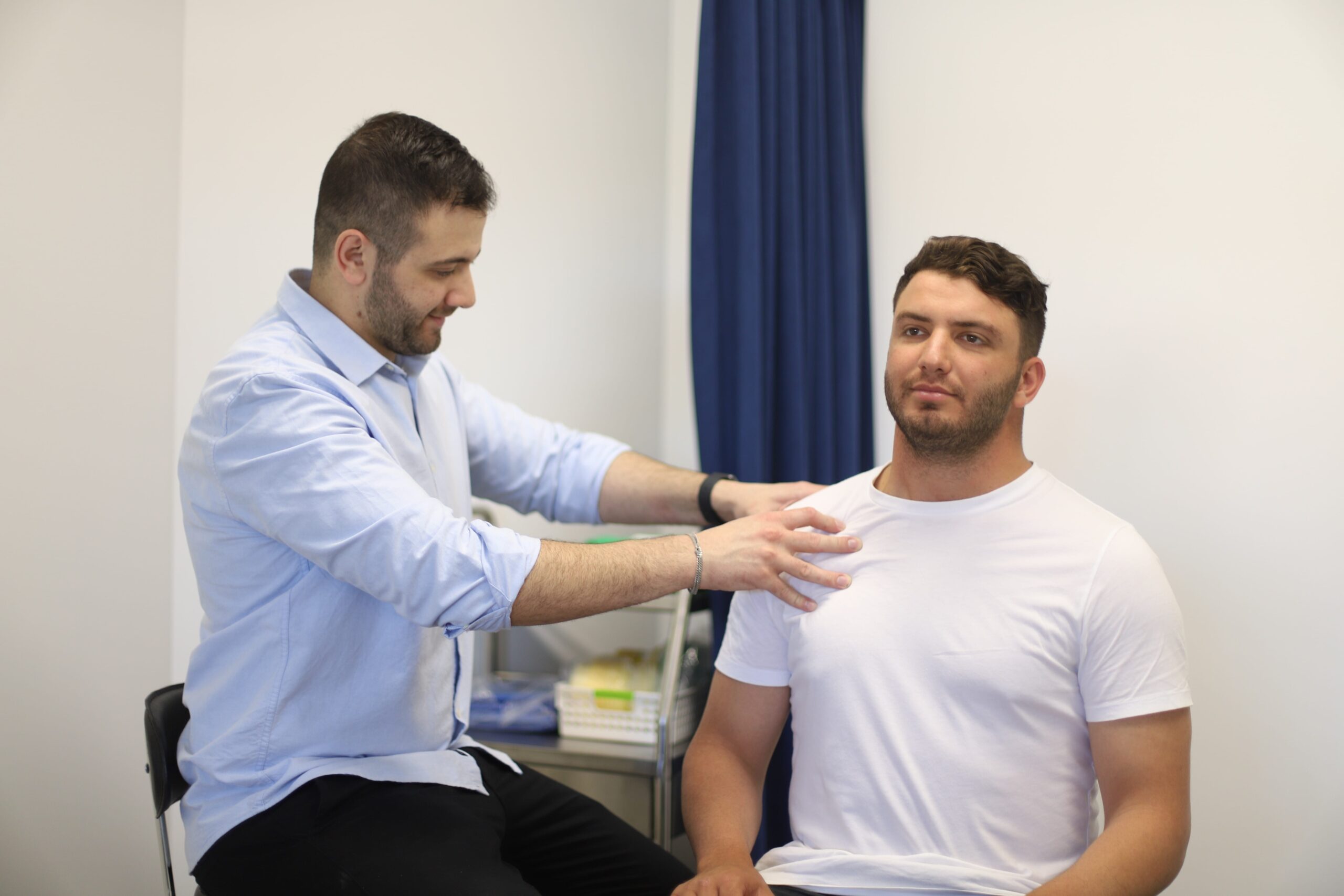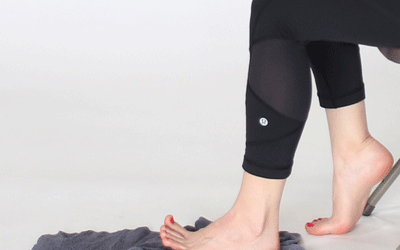
A pregnancy brings on joy, happiness, and fulfilment to a lot of woman. It can also produce some strain on a woman’s body.
During pregnancy, the body changes to help accommodate and create a nourishing environment for the baby to grow in.
A major change is the loosening of ligaments in preparation for the delivery. This usually peaks in the second trimester and can lead to issues such as back pain, sciatica, incontinence and prolapse.
To reduce the impact of the above occurring, woman can continue to exercise under the guidance of a Physiotherapist. Eating a balanced and healthy diet can assist in weight management as gaining too much weight can make some of the issues worse.
It is never too late to begin moving your body – it does not need to be intense and you do not need to fear for your baby’s wellbeing. Keeping it simple is key. A brisk walk or bouncing on a exercise ball has many benefits to pregnant women.
Once your bundle of joy has entered the world, A condition post birth to be aware of is diastasis recti. This is a gap or separation of the ‘six pack’ muscles. This occurs because the uterus grows and stretches to make room for the baby.
A strong core is key to closing the gap post-partum. Pregnant woman can practice basic exercises such as:
- Correcting posture and not putting too much pressure on the front of the body
- Pelvic tilts
- Pilates or specific pregnancy Pilates classes
- Bouncing on an exercise ball and being mindful of your core and posture.
A diastasis recti also creates woman a bulge or ‘pooch’ in the abdomen. There is a lot of misconception as to treating this area as woman often think that crunches and ab workouts will fix the issue, when in fact they could be making the diastasis recti (gap) worse.
An exercise program prescribed by a Physiotherapist will help strengthen the core and close the gap. Physiotherapy will also assist in advising you the best techniques to carry, feed and nurse your baby without straining your body, back and wrists.
Remember, a woman’s body is incredible in what it can achieve and endure, and it will get better in time with consistency in regular exercise, in the meantime enjoy the sweet moments with your baby and your concerns will be our responsibility.
Cherni Y, Desseauve D, Decatoire A, Veit-Rubinc N, Begon M, Pierre F, Fradet L. Evaluation of ligament laxity during pregnancy. J Gynecol Obstet Hum Reprod. 2019 May;48(5):351-357. doi: 10.1016/j.jogoh.2019.02.009. Epub 2019 Feb 20. PMID: 30794956.
Mottola MF, Davenport MH, Ruchat S, et al. 2019. Canadian guideline for physical activity throughout pregnancy. British Journal of Sports Medicine 2018;52:1339-1346.
Borg-Stein, J., & Dugan, S. A. (2007). Musculoskeletal disorders of pregnancy, delivery and postpartum. Physical medicine and rehabilitation clinics of North America, 18(3), 459-476.




